For most adults over 40, a daily protein target of ~1.0–1.2 grams per kilogram (g/kg) of body weight supports muscle and function—higher (up to ~1.5 g/kg) if you’re training, undernourished, or recovering from illness (medical guidance if you have kidney disease). Aim for 25–35 g per meal with ~2.5–3.0 g leucine to overcome anabolic resistance (the age-related blunting of muscle protein synthesis). Combine with 2–3 days/week of resistance training for best results. Whey or high-leucine meals help; plant-based plans work with smart pairing and adequate totals.
Baby Boomers and Gen X can optimize protein intake when the plan is simple and repeatable. I treat protein like a revolving ritual of consumption, where a couple times a week for lunch I consume about 4-5 eggs per meal and try to incorporate this into my recipes. I prefer real food first (Greek yogurt, eggs, mackerel, cheese) for my protein needs when possible before moving to supplements for any nutrition gaps. The end game isn’t a perfect plan; it’s steady meals, identifying protein gaps, and supplementing for these gaps so that training and steady progress can be made.
Why protein needs rise after 40 (the “anabolic resistance” problem)
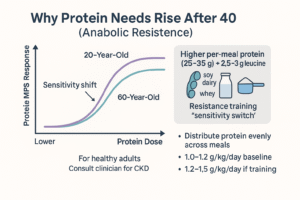
As we age, muscle becomes less responsive to a given dose of amino acids and to the training signal; this anabolic resistance means older adults often need more protein and better distribution to trigger the same muscle protein synthesis (MPS) seen in younger people. Consensus statements from the PROT-AGE Study Group and ESPEN (European Society for Clinical Nutrition and Metabolism) recommend ~1.0–1.2 g/kg/day for healthy older adults (more if physically active or ill). PubMed+1.
Translation: If you weigh 170 lb (77 kg), a practical starting target is ~80–95 g/day—and you’ll likely feel and perform better if those grams are evenly spread through the day. Reviews also support 1.0–1.3 g/kg/daywhen you’re consistently strength training. PMC
How much per meal—and why leucine matters
Older adults tend to respond best to ~25–35 g protein per main meal, providing ~2.5–3.0 g leucine to cross the “leucine threshold” that kick-starts MPS. Practically, that looks like: 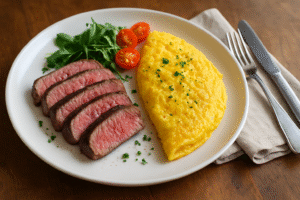
Breakfast: 2 eggs + Greek yogurt, or tofu scramble with edamame
Lunch: Tinned salmon on whole-grain toast; lentil-quinoa bowl with soy yogurt
Dinner: Chicken/tempeh stir-fry; cottage cheese with berries as a top-off
Systematic reviews concur on the per-meal range (or ~0.4 g/kg/meal) with ~3 g leucine as a useful heuristic for older adults. PMC+2ScienceDirect+2
Daily target, step-by-step (use this calculator logic)
 Pick a baseline: 1.0–1.2 g/kg/day (go toward 1.2–1.5 g/kg if you’re training hard, undernourished, or recovering; get clinician input for chronic disease). PubMed+1
Pick a baseline: 1.0–1.2 g/kg/day (go toward 1.2–1.5 g/kg if you’re training hard, undernourished, or recovering; get clinician input for chronic disease). PubMed+1Divide by meals: 3–4 eating occasions of 25–35 g each (or ~0.4 g/kg/meal).

Check leucine: Prioritize foods rich in leucine (whey, dairy, eggs, many fish; soy among plants) or mix plant proteins (e.g., legumes + grains + soy) to hit the leucine threshold. PMC
Pair with training: 2–3 weekly resistance sessions amplify the benefit of dietary protein. PubMed
Food first… but supplements is viable option
Whey protein is rapidly digested and leucine-rich, often producing a larger acute MPS response than casein in older adults; that’s why many coaches slot whey after a training session or as a breakfast anchor. If you prefer plant-based, you can still hit targets—use soy or higher-protein blends and increase total grams to match leucine. ScienceDirect+1
Timing tip: There’s no magic “anabolic window” you must hit, but many people find it easier to meet targets by anchoring a protein-rich meal within a few hours of training and front-loading breakfast (many older adults under-protein their mornings). Distribution across the day matters more than perfection to the minute.
For more information on Foods After 40 To Level Up Your Health, click here-
Is higher protein safe?
For healthy adults, reviews generally find no harm to bone or renal function from higher-protein diets within reasonable ranges; nevertheless, people with chronic kidney disease (CKD) or on nephrotoxic medications need individualized guidance, as high protein can exacerbate hyperfiltration and complicate labs in CKD. Bottom line: healthy kidneyshandle higher protein; kidney disease requires clinician oversight. PMC+2PMC+2
What the newest studies say (quick read)
Position statements (PROT-AGE/ESPEN): ~1.0–1.2 g/kg/day for older adults; more with illness/training. PubMed+1
Per-meal dosing: 25–35 g with ~3 g leucine per meal appears optimal for older populations. PMC
Whey vs casein: Whey’s higher leucine and faster digestion often yield greater acute MPS in older adults. ScienceDirect+1
Protein + training = best: Recent studies continue to show the combo improves function and body composition more robustly than either alone in older adults. Frontiers+1
A practical 7-day template (swap foods to taste)
Breakfasts: Greek yogurt + berries + walnuts; tofu scramble + edamame; whey smoothie with banana/oats; cottage cheese bowl
Lunches: Salmon or tuna on whole-grain; lentil-quinoa salad with soy yogurt; chicken/tempeh wraps
Dinners: Chili (beef/bean or tempeh/bean); shrimp/edamame stir-fry; baked tofu with farro and veg
Top-offs/snacks: Skyr or kefir; roasted chickpeas; protein pudding; soy milk latte
Aim for 25–35 g each meal. If a meal misses, “top off” with yogurt, cottage cheese, a shake, or parmesan cheese.
Food first… but supplements can be handy” (it bridges timing + practicality):
Pre-sleep protein (why, how, and for whom). Overnight is your longest fast, so a small bedtime protein can “feed the repair crew” while you sleep. In older adults, a randomized controlled trial (RCT—randomized controlled trial)showed that ~40 g casein before sleep increased overnight muscle protein synthesis, and multiple reviews now support pre-sleep casein as a workable tactic—especially on training days or when daytime meals were light. Practical picks: casein shake, Greek yogurt/cottage cheese (dairy casein), or soy if you’re plant-based; aim for 30–40 g total protein. If reflux or sleep is an issue, move it earlier in the evening. Remember, total daily protein remains the main driver of results—pre-sleep is a tool, not a requirement.
Supplementing Options
 4.5
4.5$17.99$15.99Buy NowWhey isolate/concentrate blend; ~24 g protein/serving; broad flavors; third-party tested lots available.
Benefits: High leucine, mixes easily; helps hit 25–35 g targets at breakfast or post-training.
Appeal: You want the simplest path to consistent per-meal protein with excellent solubility.
We earn a commission if you make a purchase, at no additional cost to you.
12/17/2025 02:09 am GMT 4.4$29.97Buy Now
4.4$29.97Buy NowPea/brown-rice blend; ~21 g/serving; many flavors; organic; stevia-sweetened.
Benefits: Plant-based option; pair with soy milk or add extra 5–10 g protein from food to reach leucine targets.
Appeal: Prefer plant-forward choices but still want steady intake and decent taste.
We earn a commission if you make a purchase, at no additional cost to you.
12/17/2025 02:09 am GMT 4.1$16.04Buy Now
4.1$16.04Buy NowGram-accurate scale with tare; compact.
Benefits: Makes 25–35 g per meal simple—weight accuracy eliminates guesswork.
Appeal: You like quick, objective meal prep without logging apps.
We earn a commission if you make a purchase, at no additional cost to you.
12/17/2025 02:09 am GMT
Note: If you have lactose intolerance, look for whey isolate (lower lactose) or use lactase tablets; plant blends and soy dairy alternatives work well too.
Troubleshooting & quick FAQs
I’m full before I hit my number—now what?
Spread intake to 4 meals, add liquid options (kefir or shakes), or use higher-protein staples (Greek yogurt, cottage cheese, soy milk) to raise protein without a huge volume.
Can I do all my protein at dinner?
You’ll meet the total but miss the per-meal response. Even distribution (25–35 g at breakfast/lunch/dinner) appears better for older adults’ MPS than one large bolus. PMC
Do I need exact leucine counts?
No—use food proxies (whey/dairy/eggs/fish or soy) and aim for 25–35 g protein per meal. Precision helps athletes; most people do fine with the heuristic. PMC
What about kidneys?
If you have CKD (chronic kidney disease), ask your clinician for a tailored plan. Healthy adults generally tolerate higher protein well. PMC+1
Conclusion
For adults over 40, protein is a daily driver you can control: hit ~1.0–1.2 g/kg/day, divide into 25–35 g at each main meal (with ~3 g leucine), and pair with 2–3 days/week of resistance training. Use food first, keep a whey or soy option handy for busy mornings, and train consistently. If you have kidney disease or complex medical issues, personalize with your clinician. Consistency beats perfection—nail your first meal intake, chip away at your daily total, and you’ll feel the difference in strength, satiety, and day-to-day energy.
Disclaimer: All the content on this site is for informational purposes only, does not constitute medical advice, and does not establish any kind of patient-client relationship by your use of this website. I am not a health care professional. The information, including but not limited to text, graphics, images and other material contained on this website are for informational purposes only. No material on this site is intended to be a substitute for professional medical advice, diagnosis, or treatment. Before starting any new regimen, supplement, diet, or program, it is crucial to consult with a healthcare professional to ensure it is safe and suitable for your individual health needs and circumstances. Here’s a little transparency: This website also contains affiliate links. This means if you click and make a purchase, we may receive a small commission. Don’t worry, there’s no extra cost to you. It’s a simple way you can support our mission to bring you quality content.


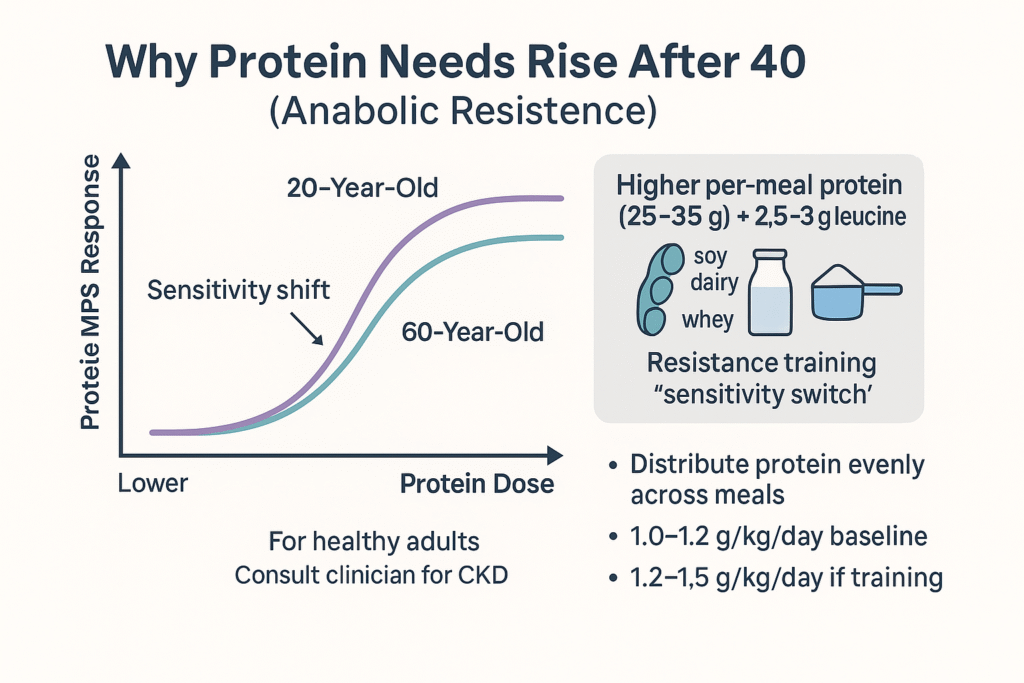
 Pick a baseline:
Pick a baseline: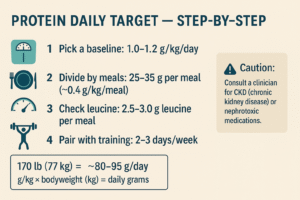



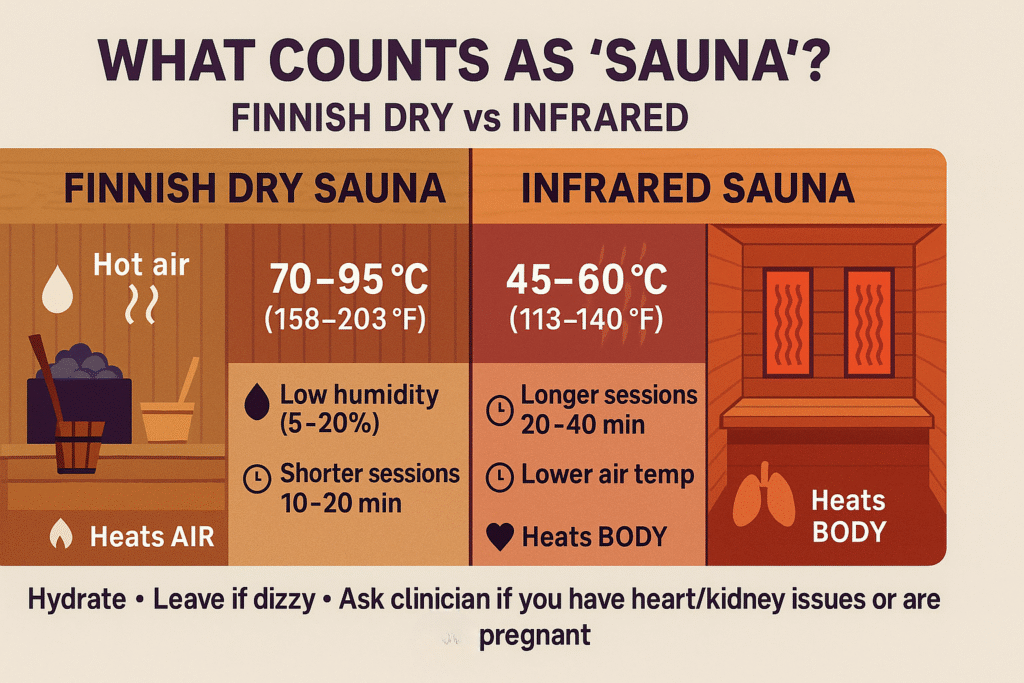
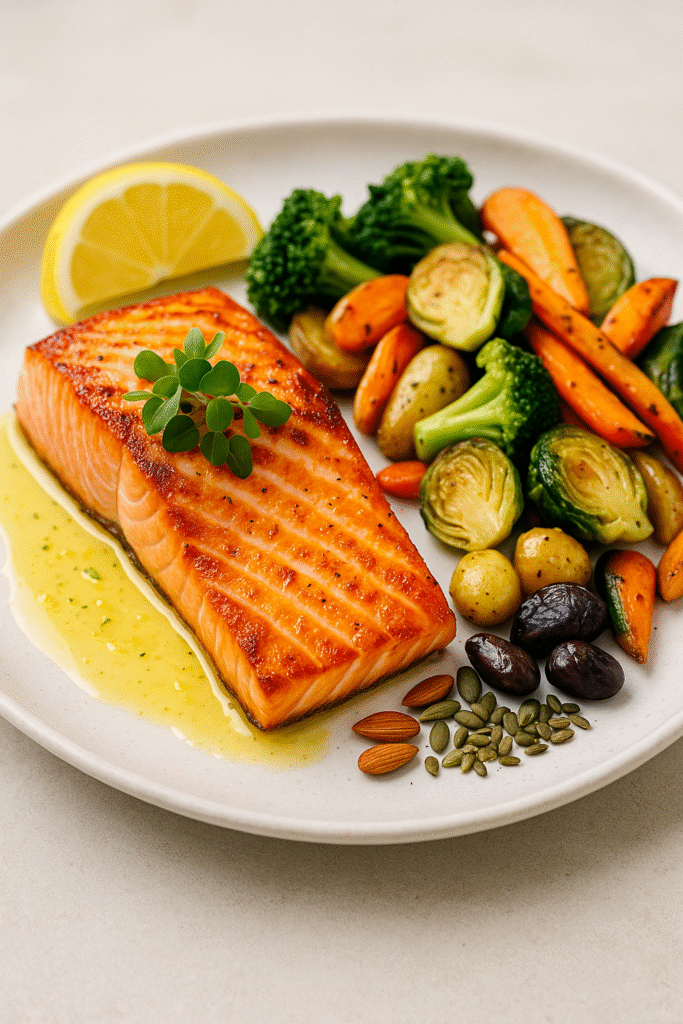
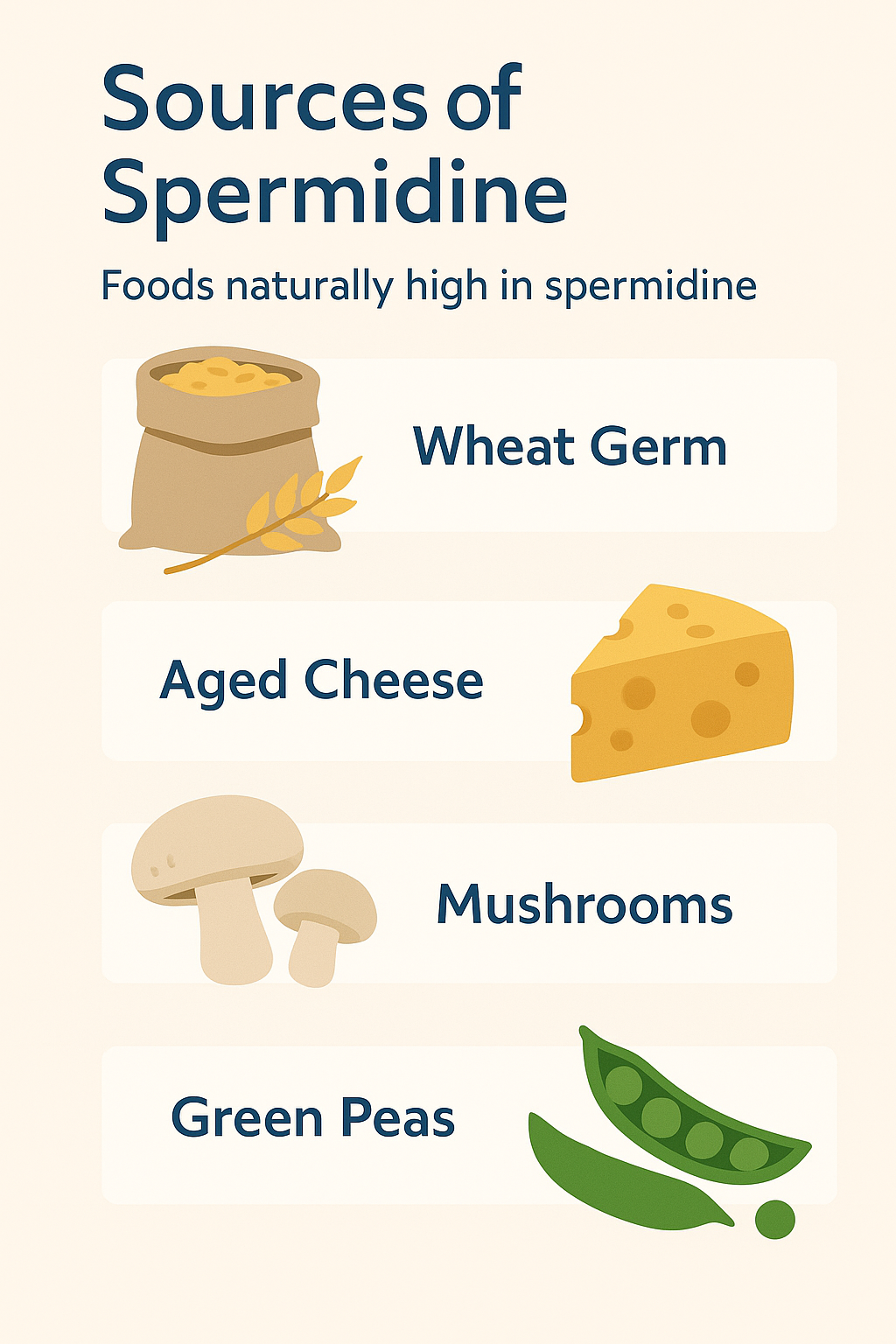



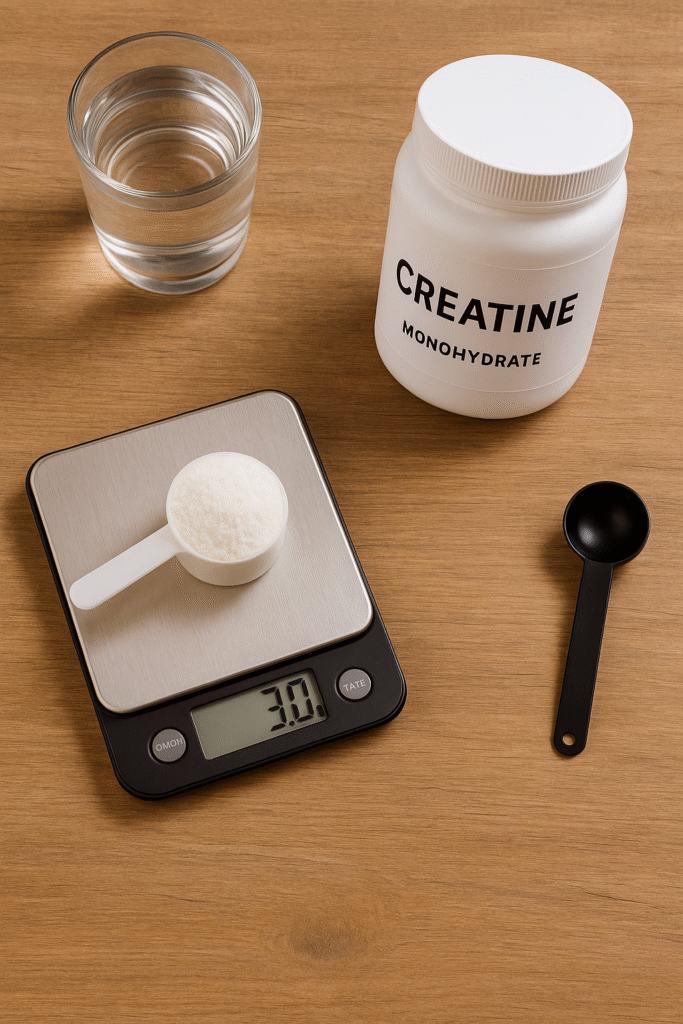
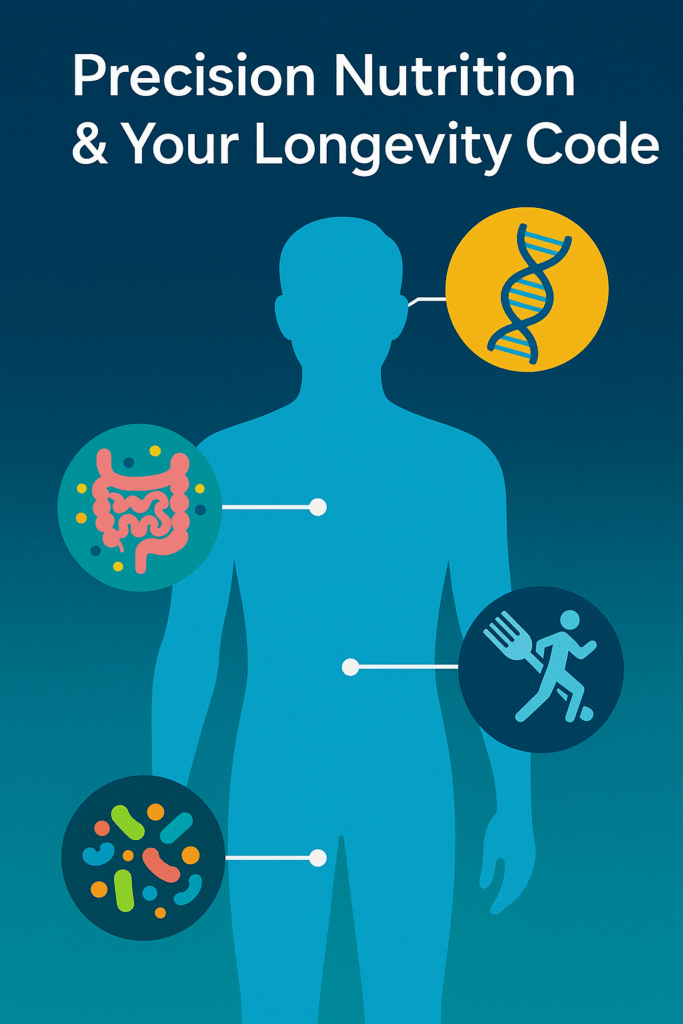
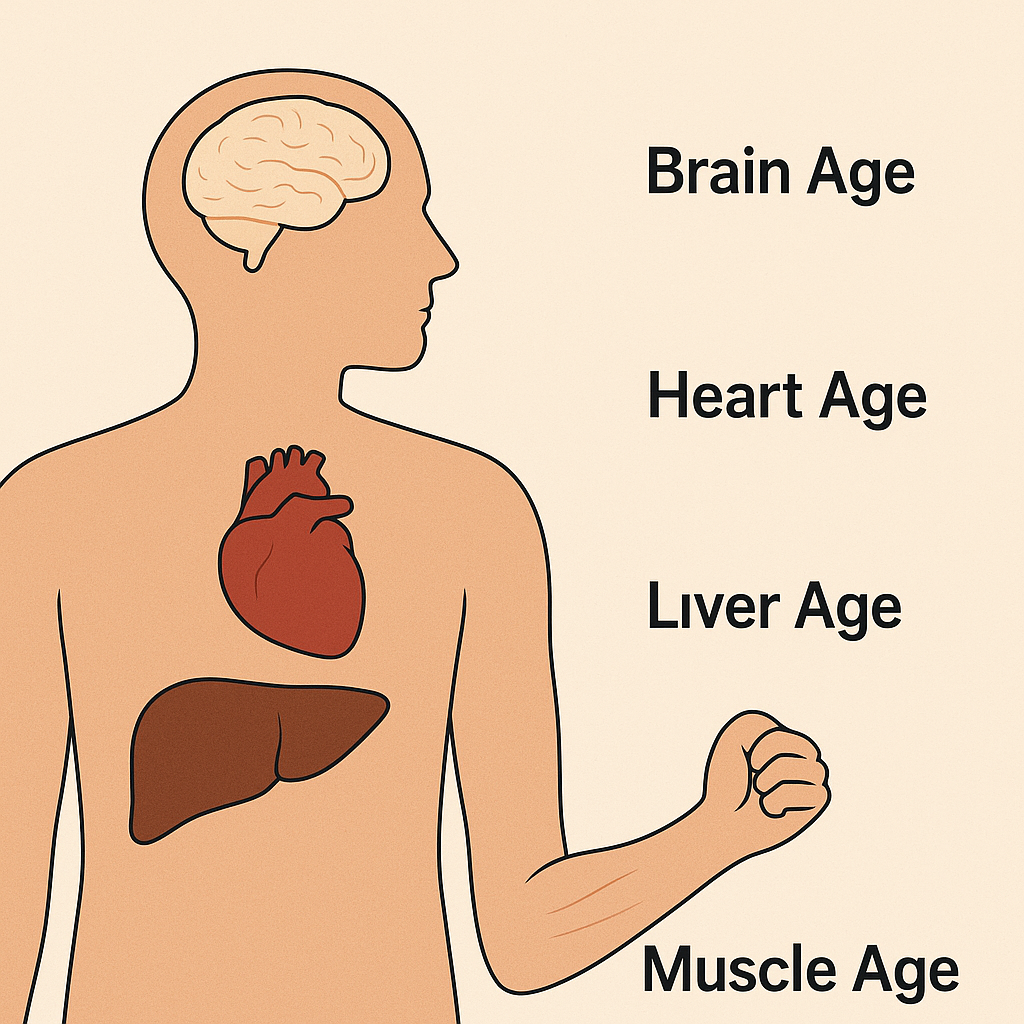

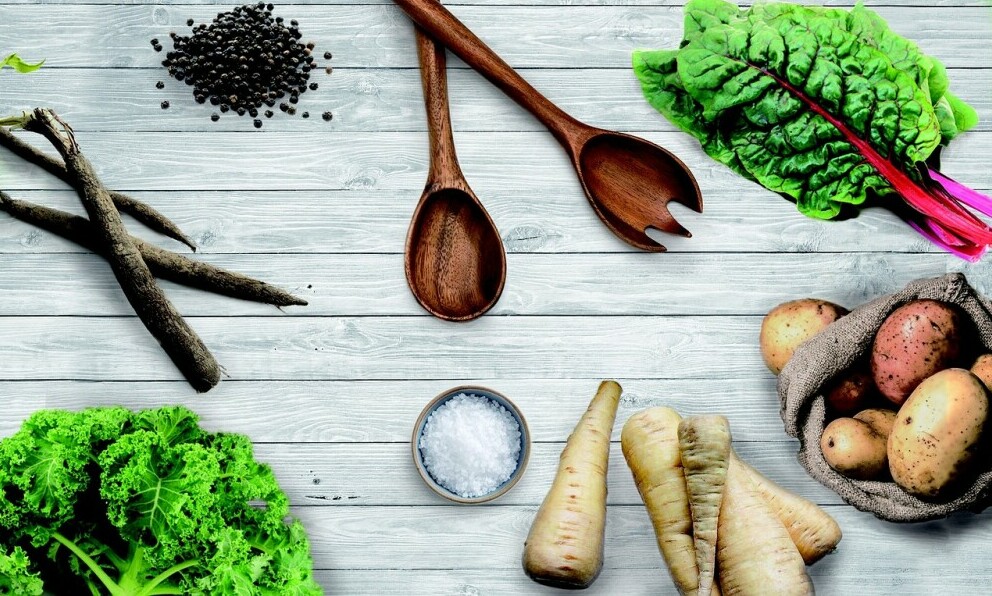
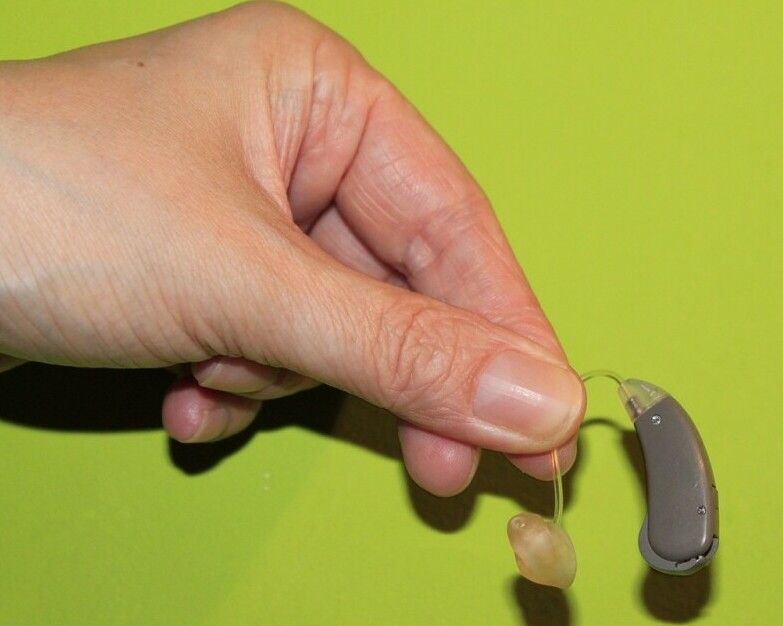
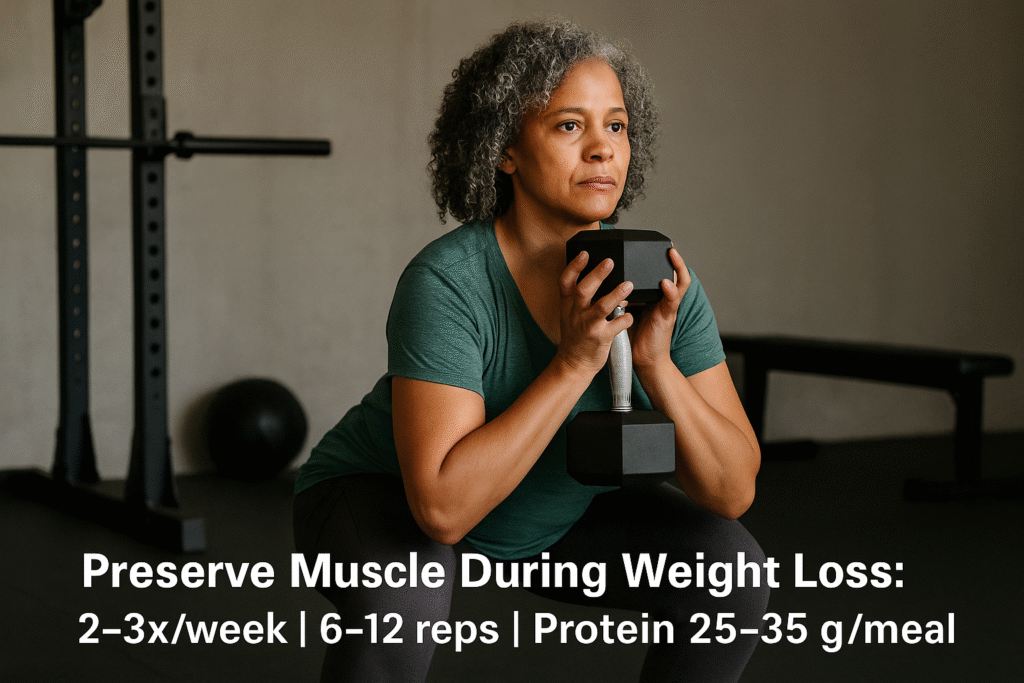


[…] One area that complements Rucking is your Protein intake. Check out the article “How Much Protein Is Needed After 40?” […]